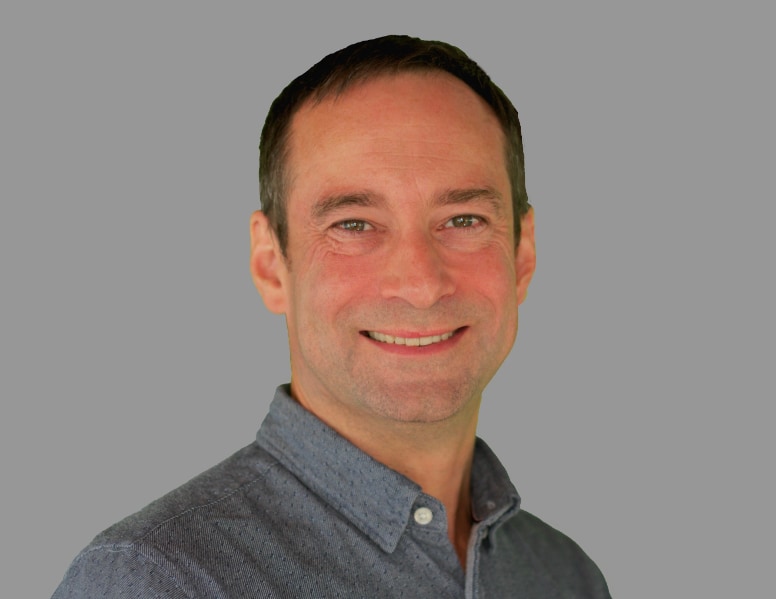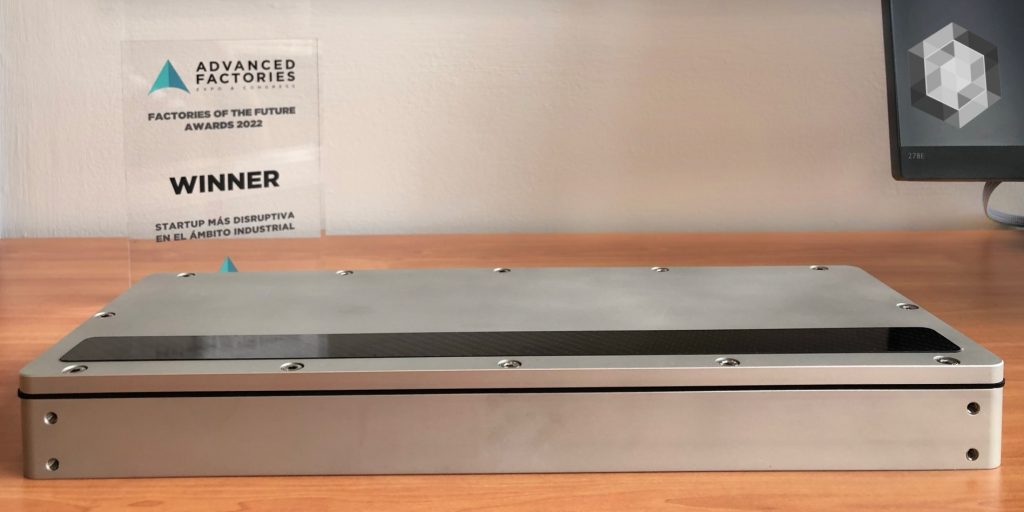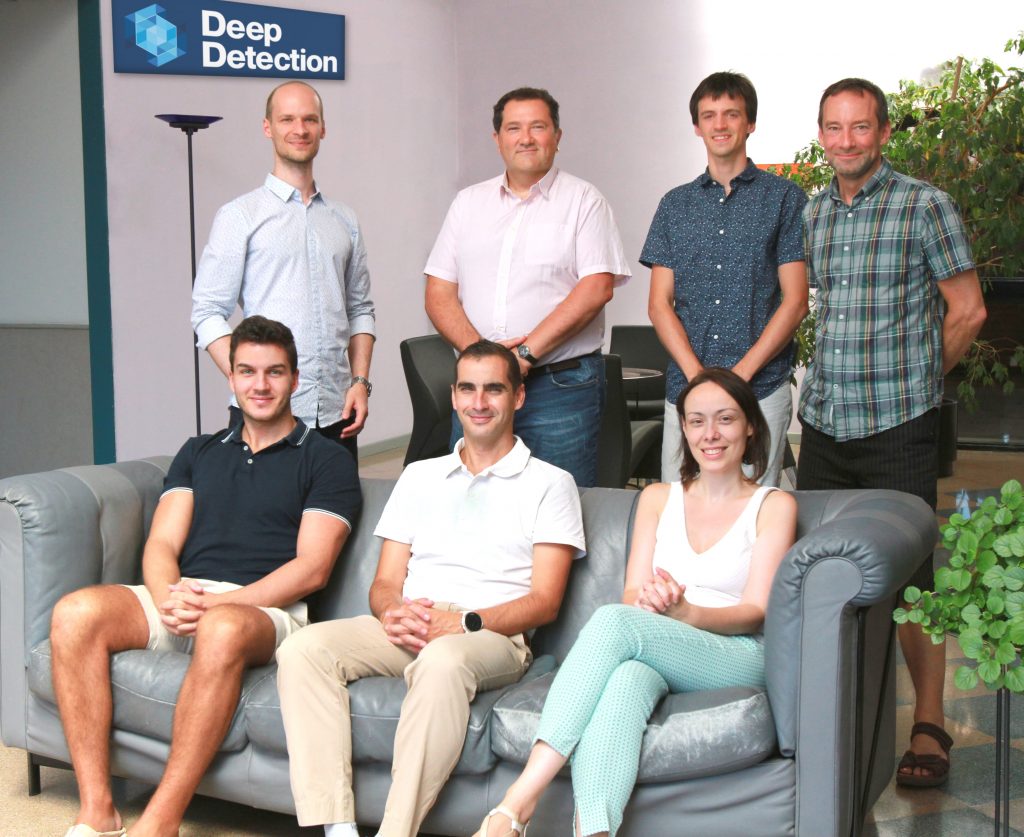
Colin Burnham is the Co-Founder and Chief Operating Officer of Deep Detection S.L. which is dedicated to better inspection for a safer and more circular world. Prior to planning his transition into deep tech scale up he was an R&D head for European F&B and an executive board member. He developed a passion for bringing teams and technology together to create groundbreaking innovation in consumer products, nutrition, ingredients and advanced manufacturing for some of the world’s favourite brands.
Colin holds a Chemistry BSc from the University of Birmingham and a Masters in UAV and Remote Sensing technologies from Universitat Politècnica de Catalunya.




